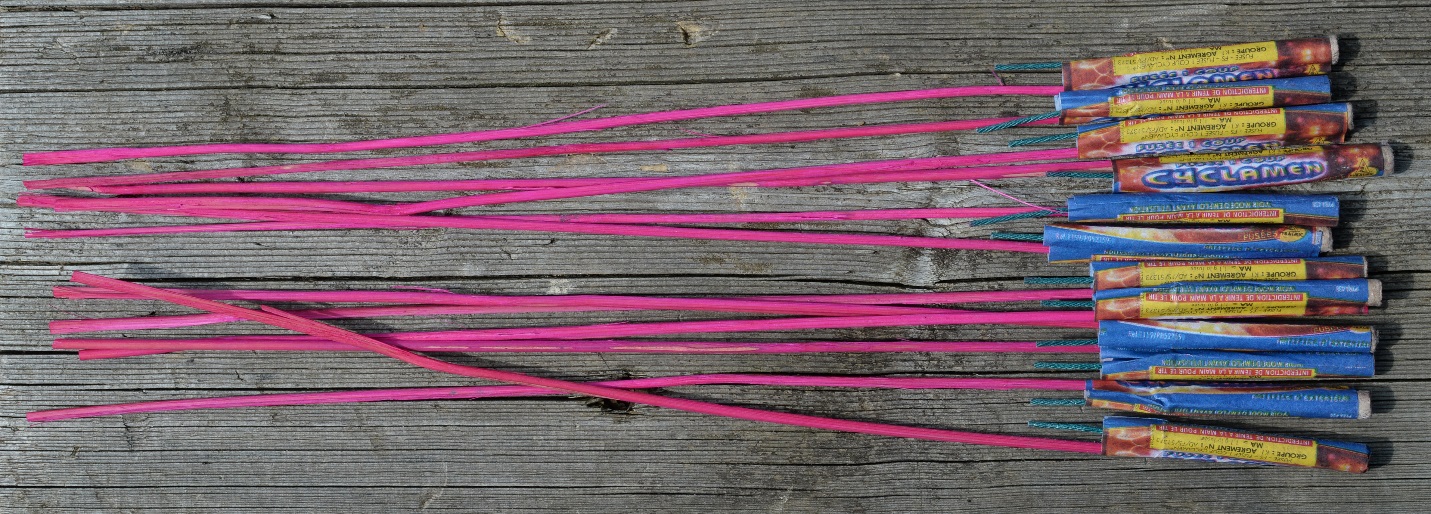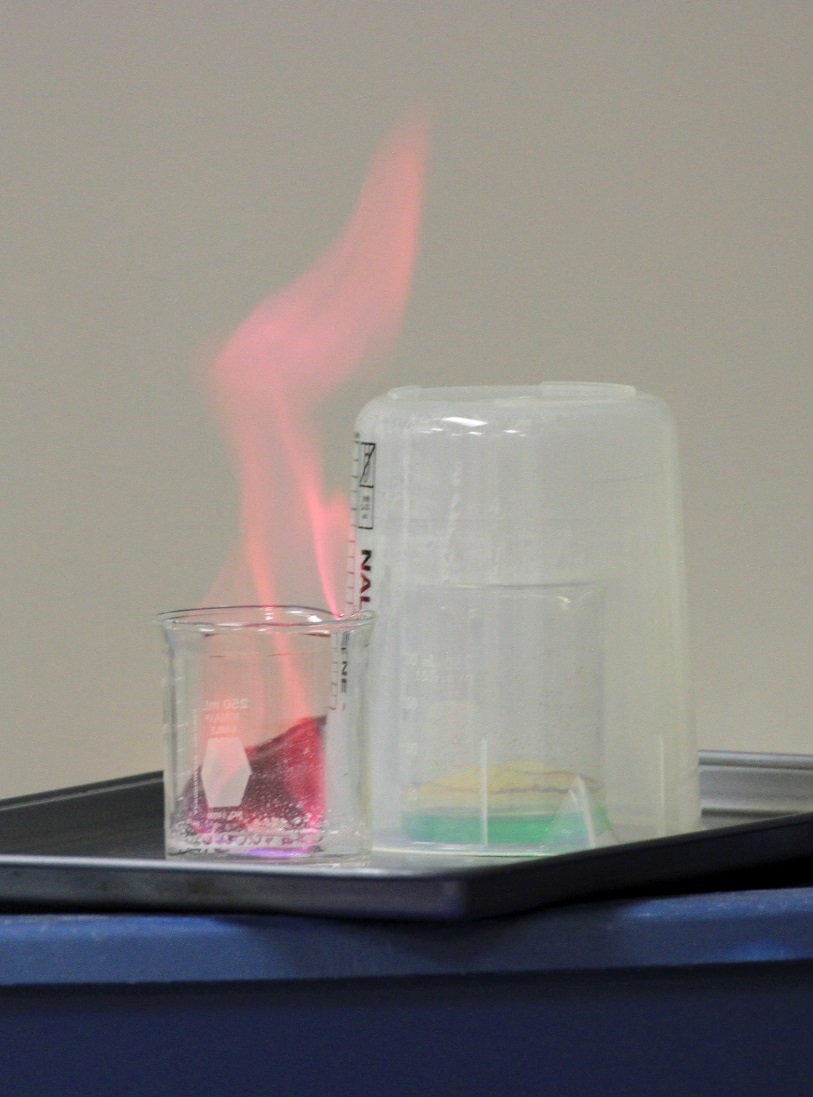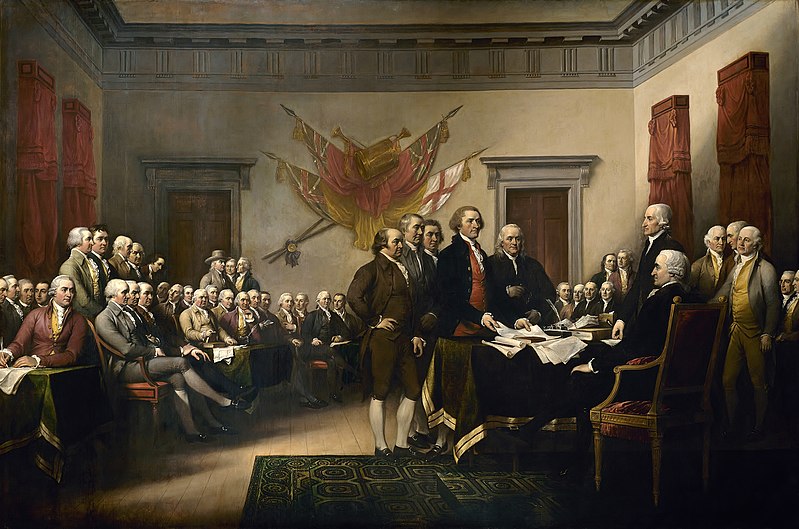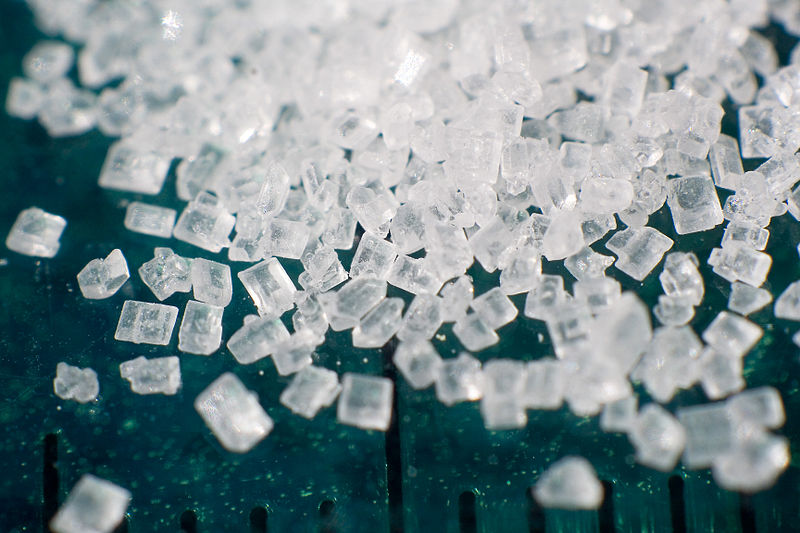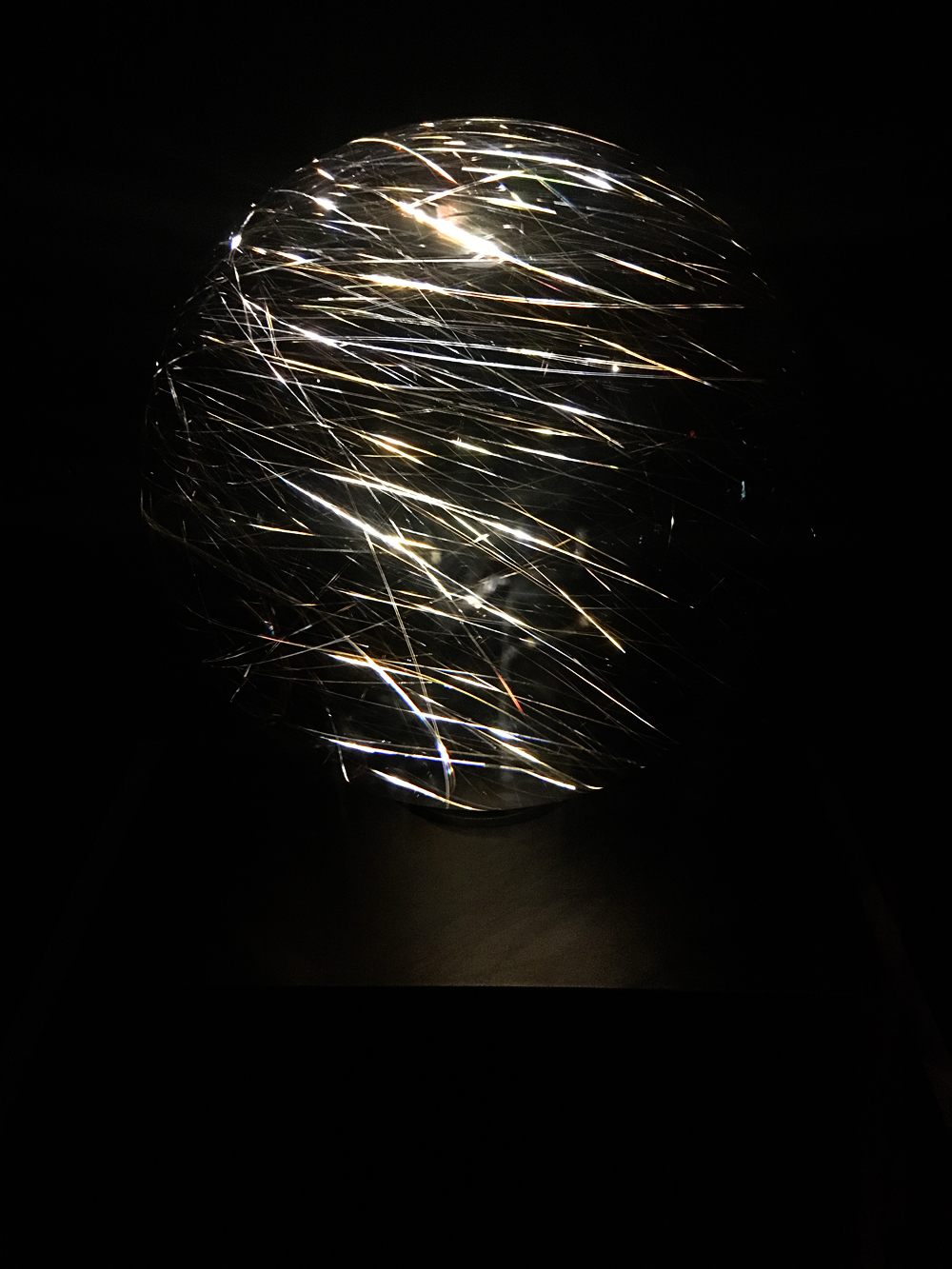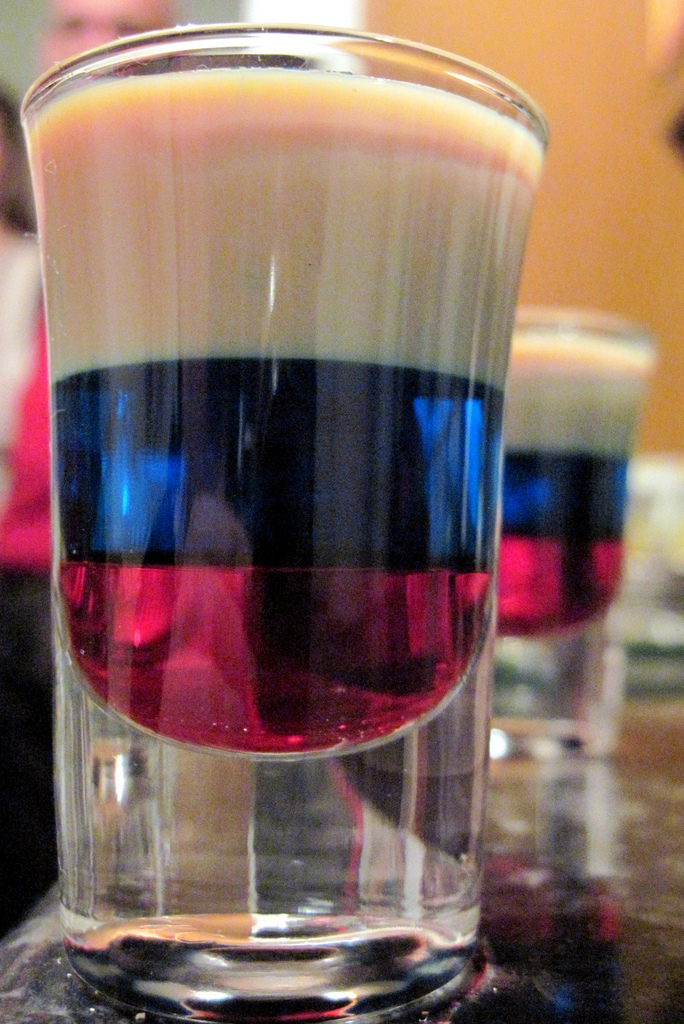The Fourth of July just isn’t the same without pyrotechnics. And while the inevitable giant fireball from Dad lighting up the grill may be exciting in the moment, I’m actually referring to the giant chemistry demonstration we watch at night.
Fireworks are basically a bunch of combustion reactions, which are rapid chemical reactions involving oxygen gas (O2) combining with another substance. These combustion reactions are exothermic, which means energy is released during the reaction in the form of heat, light, and sound.
A firecracker explosion is essentially one large combustion reaction involving black powder or gunpowder, which is made up of potassium nitrate (KNO3), charcoal, and sulfur. Potassium nitrate will provide oxygen to the reaction, while charcoal and sulfur will act as fuel. This reaction produces a lot of gas and heat in very little time, and all of that gas produced needs a place to go. When too much of it builds up in an enclosed space and the pressure becomes too great, you get an explosion.
The basic components of a firework are a fuse, tiny explosives called stars, and a burst charge that triggers the explosion. Precise timing is also helpful.
First, you need an entirely separate explosion to get the firecracker up into the air. Typically to get the whole package airborne, you need what’s called a mortar, a long tube that directs the firecracker onward and upward away from bystanders. This explosion needs to be very controlled so you don’t set off the second firecracker inside, yet strong enough to get the whole package off the ground. A malfunction can have disastrous consequences. You can search for “fireworks fails” on YouTube for some disaster action.
When you light a firework, it’s not just one fuse; it’s two: the fuse that sends the firework up, and a time-delay fuse that is longer and burns more slowly, allowing the firecracker to gain some altitude before the second reaction begins. If the fuse is too short and the firecracker doesn’t fly high enough before exploding, it can get noisy (not to mention dangerous.)
.
Once the time-delay fuse expires, the stars begin to explode. A burst charge will explode and expel the stars, spreading them out. The stars themselves may have different chemical components within, but the basic idea is still a combustion reaction. There is some sort of fuel reacting with oxygen and producing a lot of gas and heat.
All those colors you see come from burning metals, which produce different wavelengths of light when heated. I don’t know how many of you have tried to burn metal before, but I can tell you from experience, it’s not easy.
We model this particular combustion reaction in one of our ConocoPhillips Science On Stage Outreach programs! Since lighting a firecracker in a school is a terrible idea, in Cool Chemistry, we use a fuel and some granular chloride salts in a beaker. When I light the fuel, I am beginning a combustion reaction that releases a lot of heat and will burn the metal salts.
The red/pink flame is from the metal lithium, sometimes used in batteries. You’ll notice that in this photo, there is a large Nalgene beaker covering the beaker that used to be full of green flames. That Nalgene beaker is airtight and cuts off the flow of air in and out of the beaker. When this happens, no new oxygen is allowed to enter; once the combustion reaction has used all of the oxygen inside the beaker, the flame will be put out.
Our beaker simulation doesn’t produce the loud bang we often associate with fireworks because it is open to the air around it. The boom heard is actually all of the gas building up inside of the firecracker being expelled all at once, moving faster than the speed of sound, just like the pop heard when a balloon bursts.
One prevalent legend says fireworks were invented accidentally by a Chinese cook some 2,000 years ago, and the basic concept has remained the same over the years. If anything, precise timing of explosions in fireworks shows has made the spectacle all the more enjoyable.
So grab some apple pie, pull out a lawn chair, relax and enjoy the world’s most famous combustion reaction, celebrating America’s birthday in style!
Bring the wonders of the Houston Museum of Natural Science straight to you with HMNS Outreach! To book a presentation of Cool Chemistry, email outreach@hmns.org or call (713) 639-4758!



